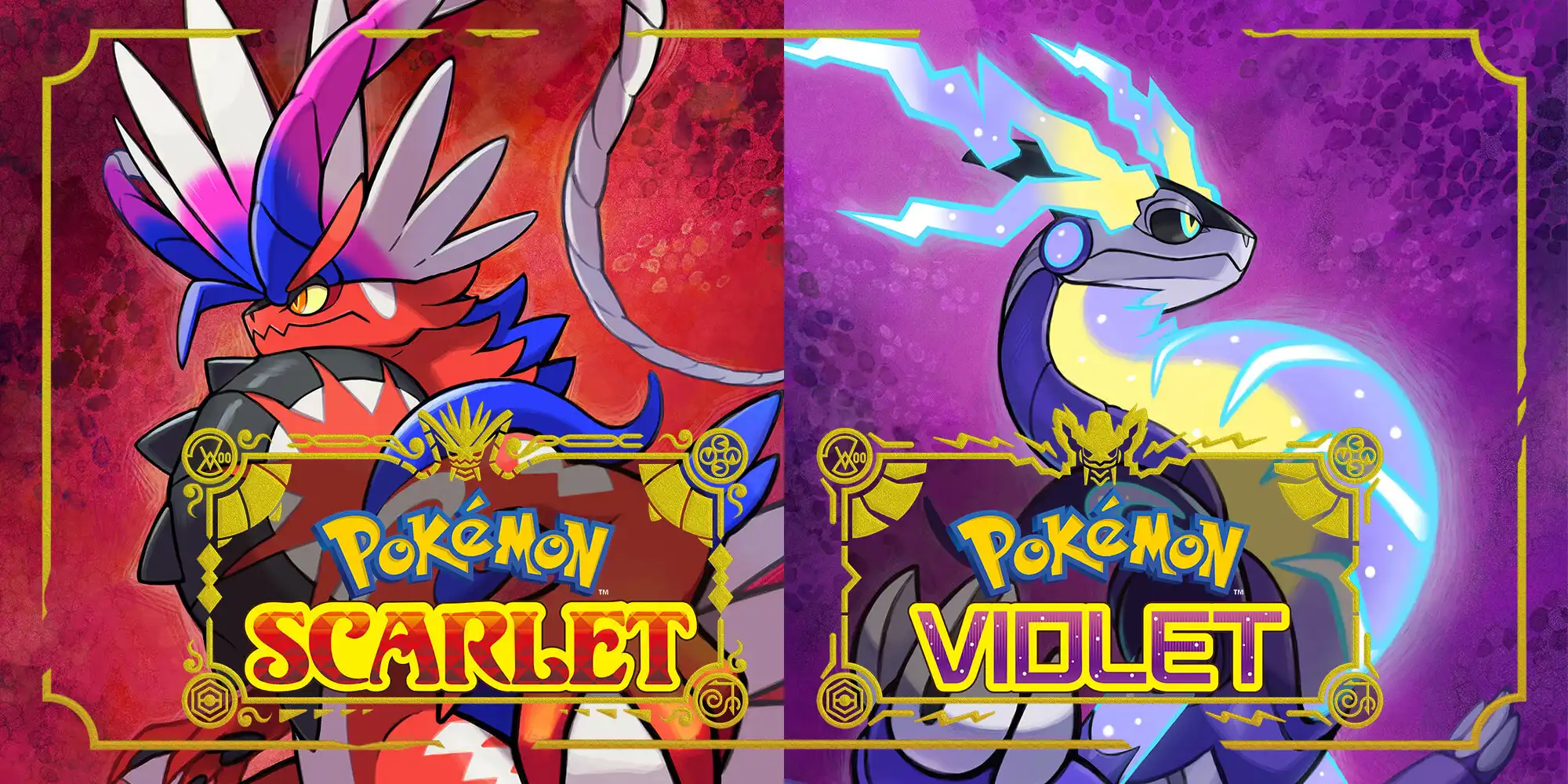One of the most recognized faces in the Pokemon universe, Pikachu, has gone through several significant redesigns in its physical appearance since its initial debut. Our inquisitive journey begins by comparing two versions of Pikachu: the 'chubby' version from its first-generation design and a more streamlined image commonly found in later generations.
When Pokemon first unfolded, Pikachu was conceived with a fuller figure. Roaring to the forefront of pop culture, this adorable creature was chubby with well-defined cheeks, reinforcing its cuddly image. Unsurprisingly, this unique design swept fans off their feet, and Pikachu's endearing demeanor soon became a staple element of the franchise.
The second depiction presents a stark contrast. Pikachu's rounded body was exchanged for a slender, athletic build, portraying the speedy agility that the character holds in battle. By most accounts, this redesign is embraced equally for it represents not just a different aesthetic, but a comeuppance for Pikachu as it grows stronger.

Apart from physical changes, Pikachu's color variation is notable throughout generations. From a relatively darker yellow hue in the earlier versions, it transitioned to a vibrant, lively shade. This shift seemed to demonstrate an evolution in Pikachu's vitality, a visual cue mirroring its budding prowess.
Adaption to AnimationThe change in Pikachu's design wasn't only visible in the video game series, but extended to the animation. In accordance with the more dynamic character displayed in the games, the cartoon followed suit with Pikachu undergoing an identifiable transformation, becoming more sleek in build and agile in motion.
Representing the animated sprite's evolution graphically was quite the challenge. Yet, by modifying its build and adjusting shades, the animation team succeeded in portraying Pikachu’s character evolution. The subtlety with which Pikachu physically adapted, simultaneously reflecting its progression in battle prowess, is an impressive art form.
The 'chubbier' version isn’t completely phased out, remaining a part of several multimedia merchandise such as T-shirts, collectibles, and posters. This indicates a validated affection for Pikachu's original design among the hordes of fans worldwide. The chubby Pikachu remains a beloved icon, a testament to the nostalgia of the franchise's early days.
In contrast, the newer, leaner Pikachu endures as the face of the franchise's continuing journey. It serves as an inspiration for fans to revisit older series iterations, while also attracting new fans with its contemporary design. Through the redesign, Pikachu arguably encapsulates the essence of Pokemon’s breadth and ongoing evolution.
Like any iconic redesign, Pikachu’s character adjustment sparked debate. Diehard fans argued that the original Pikachu’s charm lay in its rotund disposition. To them, the new, leaner design was met with hesitation, as fans struggled with the disparity of the contrasting depictions.
However, many eventually warmed up to Pikachu’s improved design. They appreciated how the character's evolution was visually represented, thus adding depth to its persona. This adaptation reflects the organic growth of Pokemon as a franchise, continually evolving to ensure its status as a beloved entity in popular culture.
Critiques have also pointed out that Pikachu's new design aligns better with its nature. The leaner physique is more representative of the electric mouse's dexterity and agility, with many arguing that the new design is a more realistic representation of such characteristics.
On the flip side, fans of the original design often associate Pikachu's transformation with the 'losing' of childhood innocence. This addresses the nostalgia associated with Pikachu's earlier characterization, which symbolizes carefree joy and purity that the franchise has since grown from.
Finding Common GroundCombining the perspectives of both old and new fans, an ideal solution appears to lie in harmonizing both designs occasionally. Multifaceted designs offer the best of both worlds, where newer fans celebrate Pikachu's agile form and older fans relive nostalgic joy.
This diversification in the design allows Pikachu to appeal to a broader fan base, and by doing so, encourages the unification of fans across different generations who grew up with varying versions of the character.
Moreover, this inclusion of both styles acts as a bridge between the vintage and contemporary‐a fitting tribute to the franchise's longstanding history and a nod to its future. It embraces the changes made over time, respecting both versions and valuing their unique aesthetic charms.
In essence, the transformation of Pikachu from a chubby, playful creature to a lean, agile figure exemplifies the maturation and growth of the franchise. The modification in Pikachu’s design, while a topic of debate, has successfully catered to various fans across different generations, fortifying Pikachu's position as the face of Pokemon.